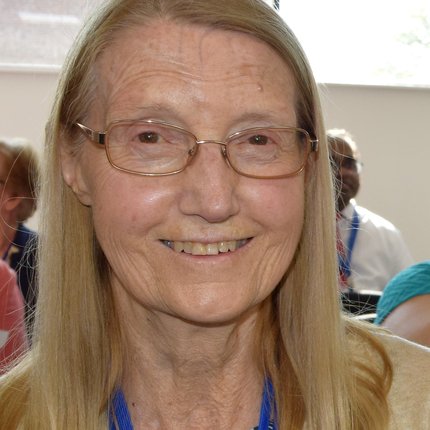Rosemary Tootle - TLM Hero
Rosemary Tootle - TLM Hero
Biomedical scientist at Purulia and long-term volunteer, British

Rosemary Tootle joined The Mission in 1968, when she was matched by Voluntary Services Overseas (VSO). She was sent to Purulia to upgrade the work in the laboratory there. “It was absolutely brilliant,” says Rosemary: “But we used to say, our only regret was that there was no way we could describe it!”
Purulia once had 900 patients. It was down to about 500 when Rosemary left, but was still an “immersive” experience. They would rarely leave the compound except to cycle to the bazar, or load up an ambulance and visit outpatient clinics in neighbouring villages. Along with her lab work, Rosemary also taught paramedical students, took skin smears, and helped to run Purulia’s Guides and Scouts clubs. Rosemary returned to the UK to work for the NHS but remained a supporter of The Mission and visited Purulia every few years to see the hospital and the friends she’d made. For more than 20 years since her retirement, Rosemary has volunteered once or twice a week in the TLM International's London office, often working on the archives.
In 2008, Rosemary was awarded the MBE for voluntary services with The Leprosy Mission in West Bengal. The late Queen Elizabeth was typically well-informed during their short conversation at Buckingham Palace, making a simple but shrewd observation about the disease that’s still often misunderstood: “Leprosy can be cured now, can’t it?”
Among her many contributions to The Leprosy Mission, Rosemary has been an integral part of sourcing information and sharing her vast institutional knowledge so that we can build this database of TLM Heroes.